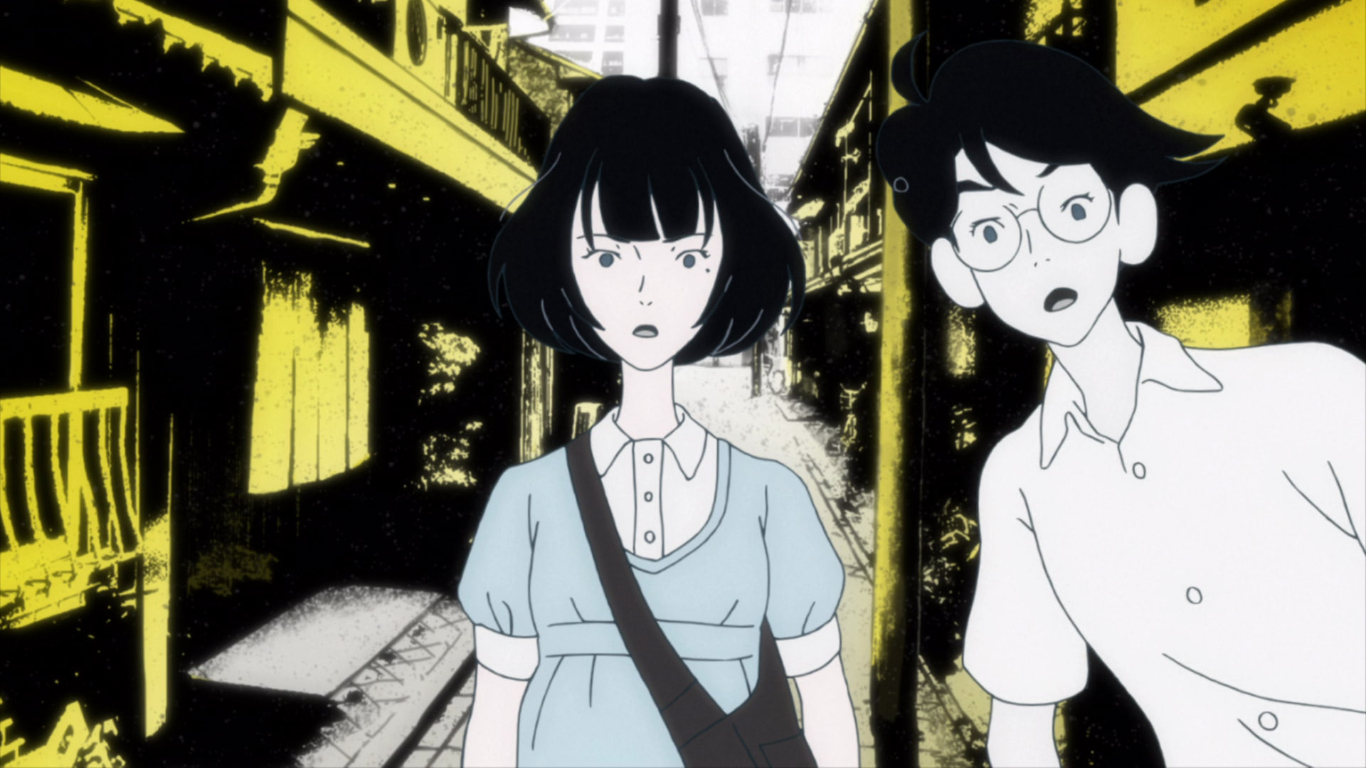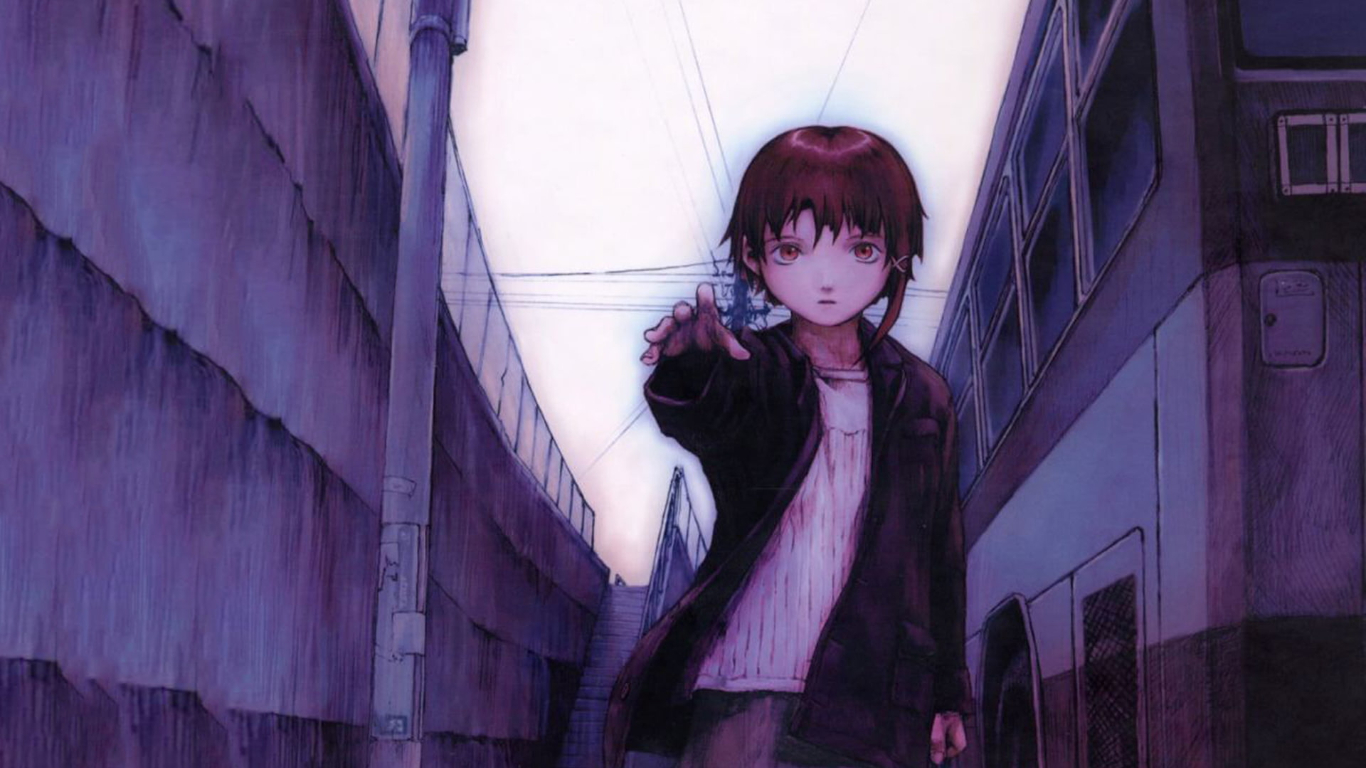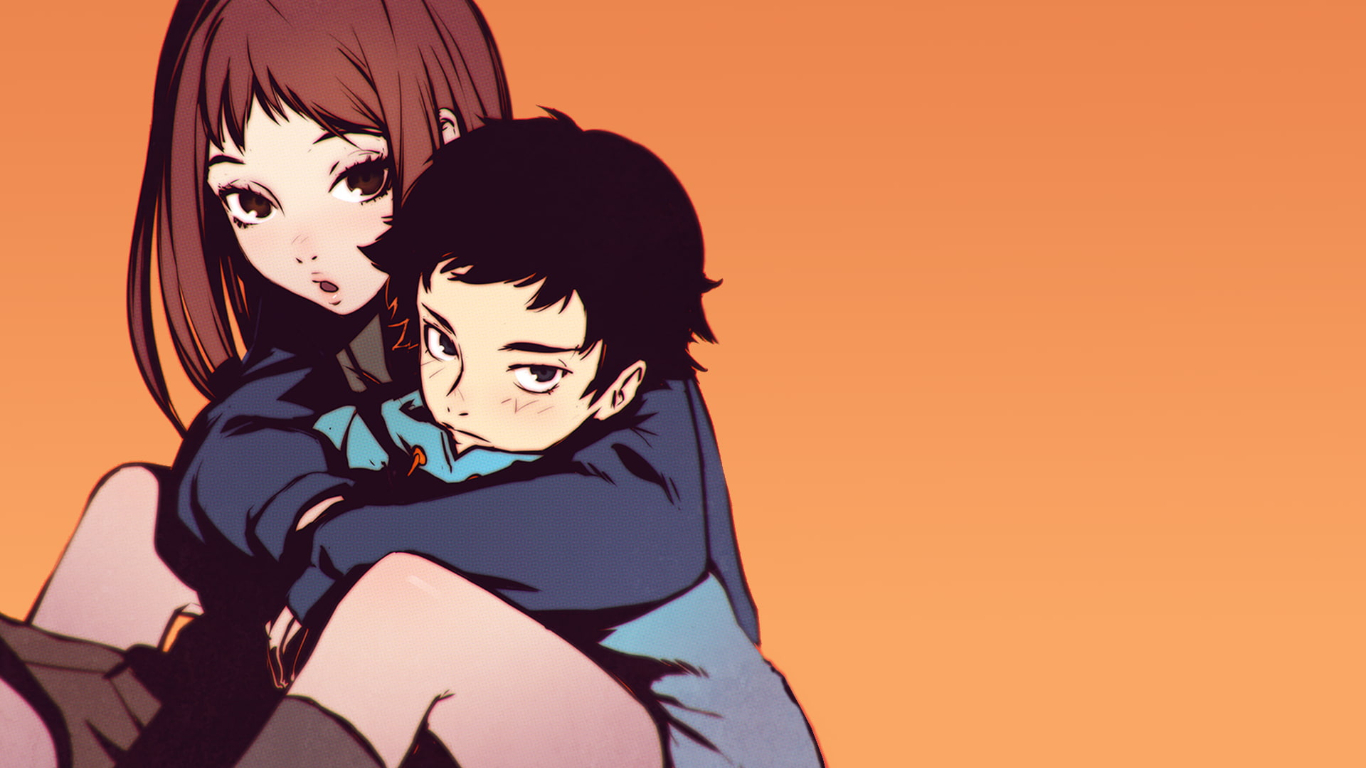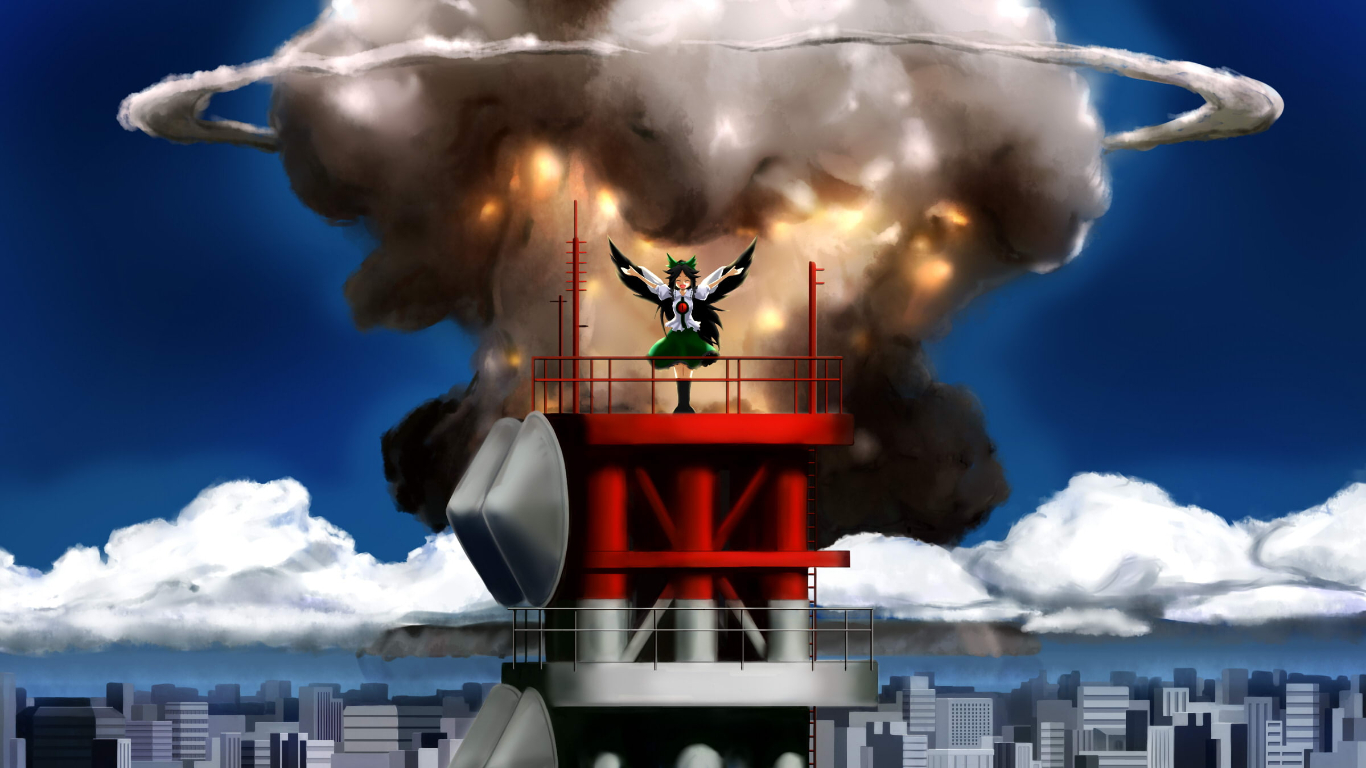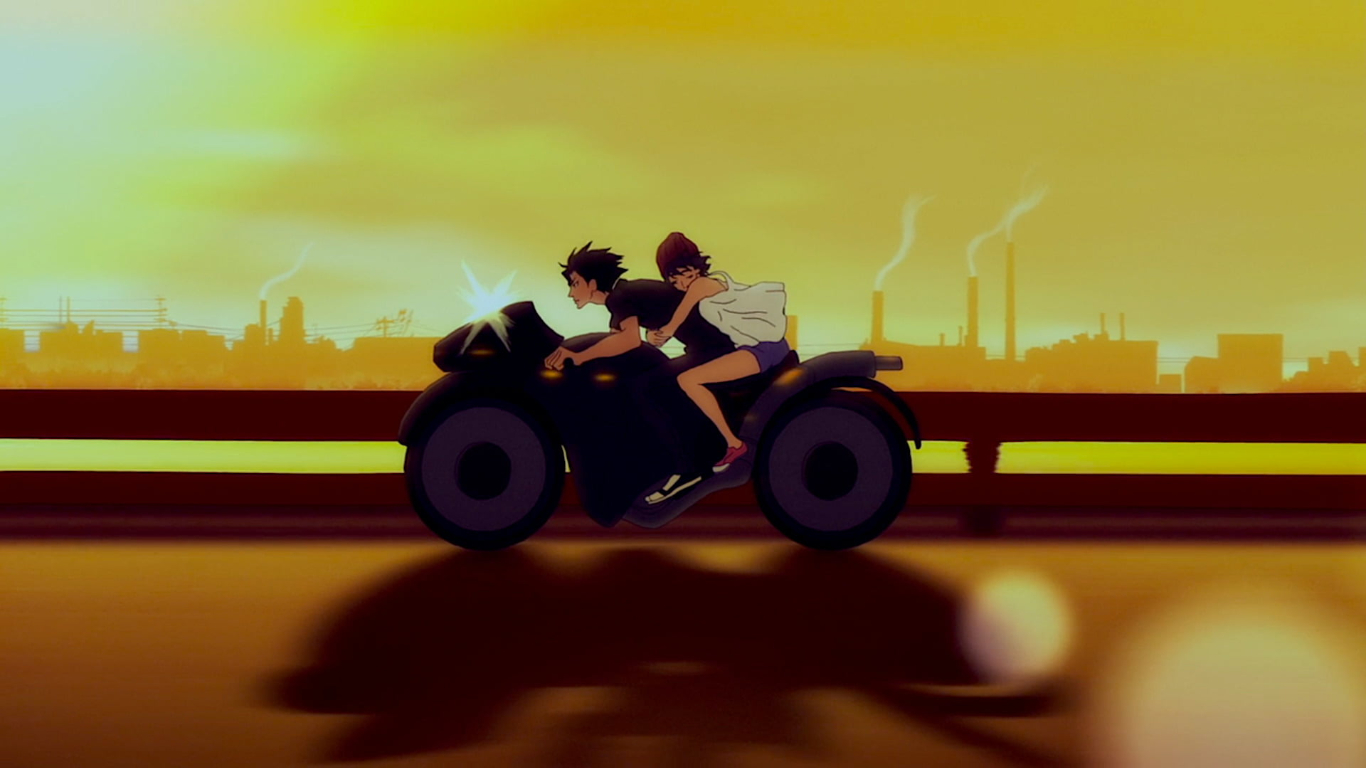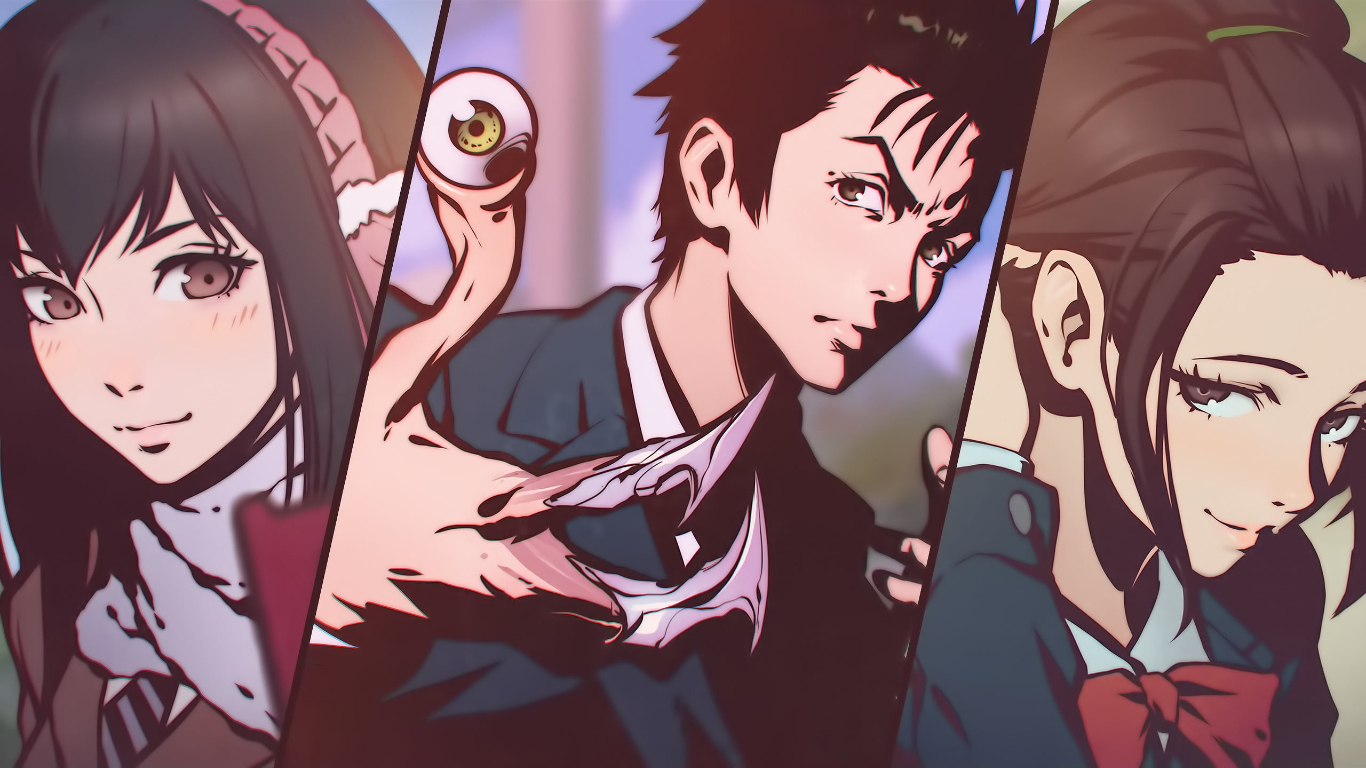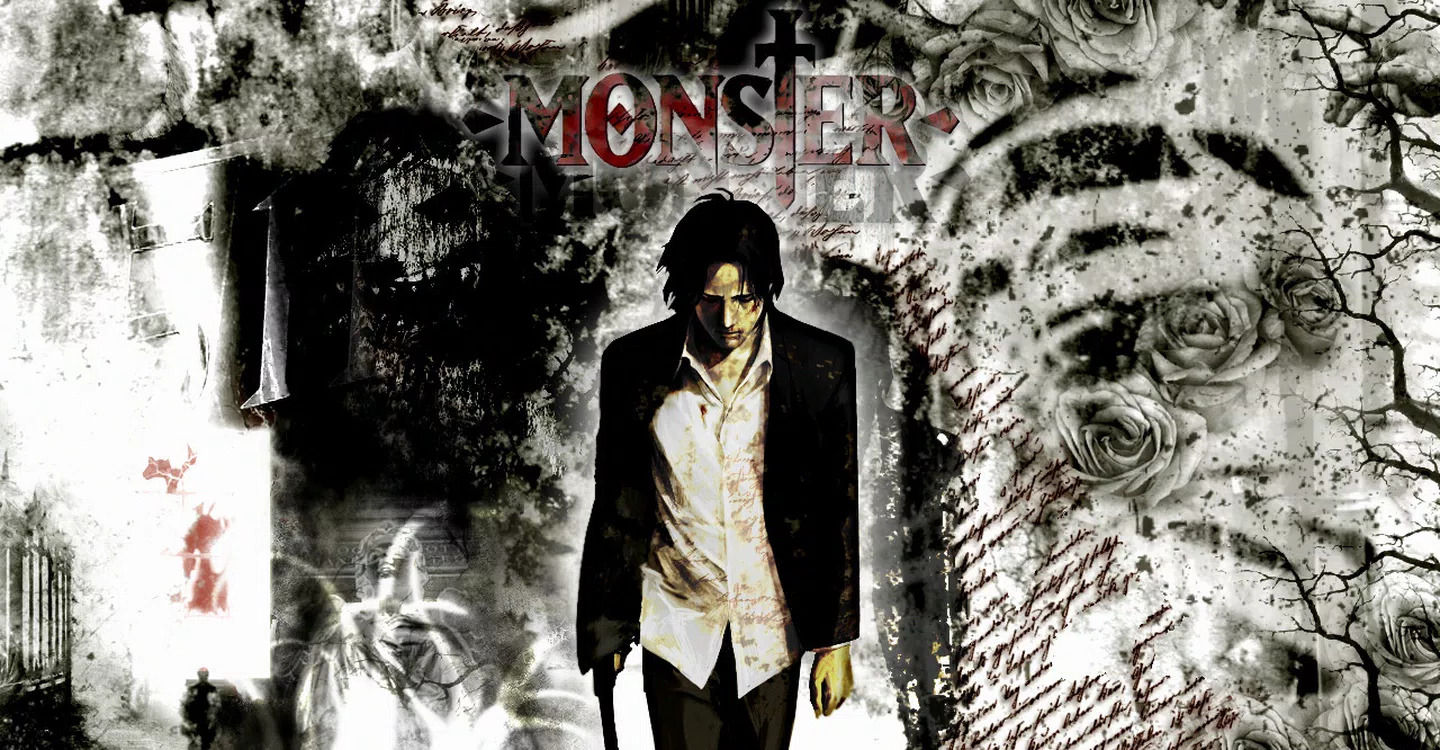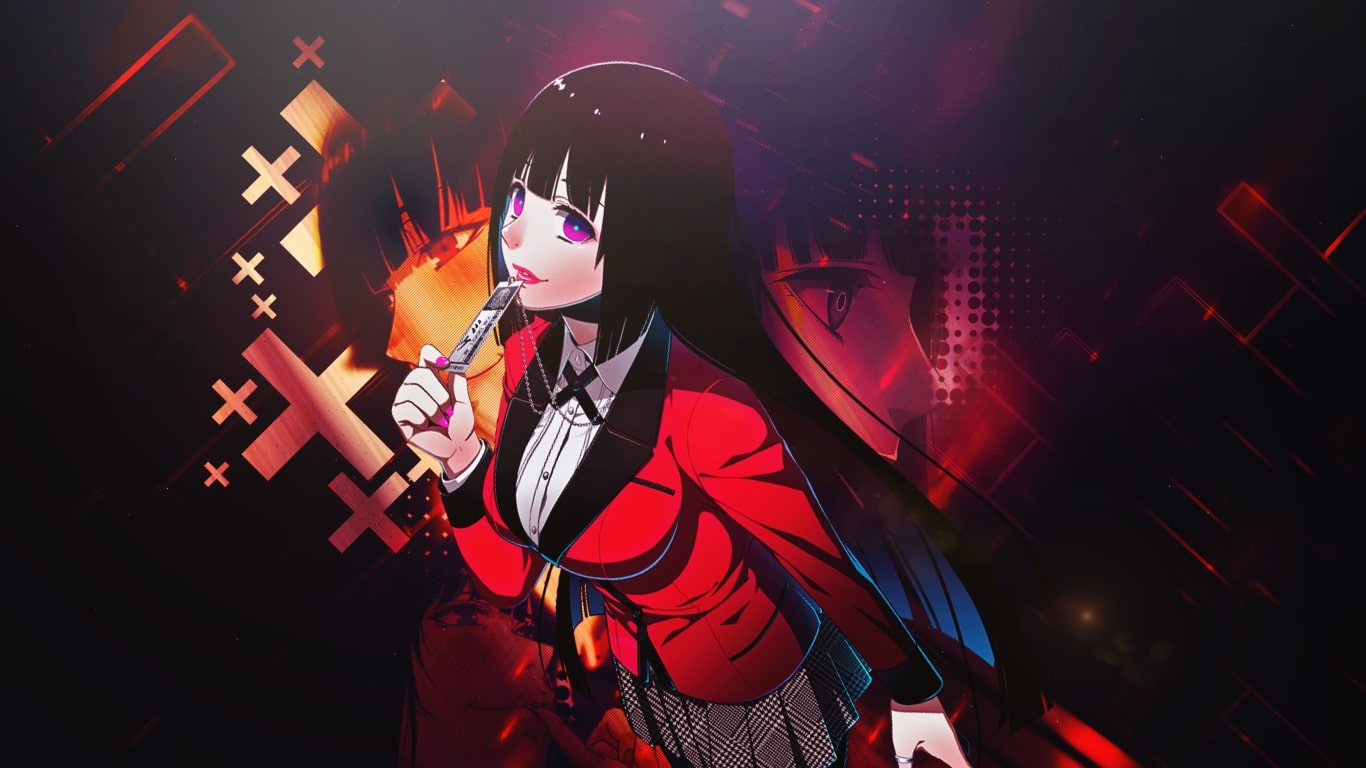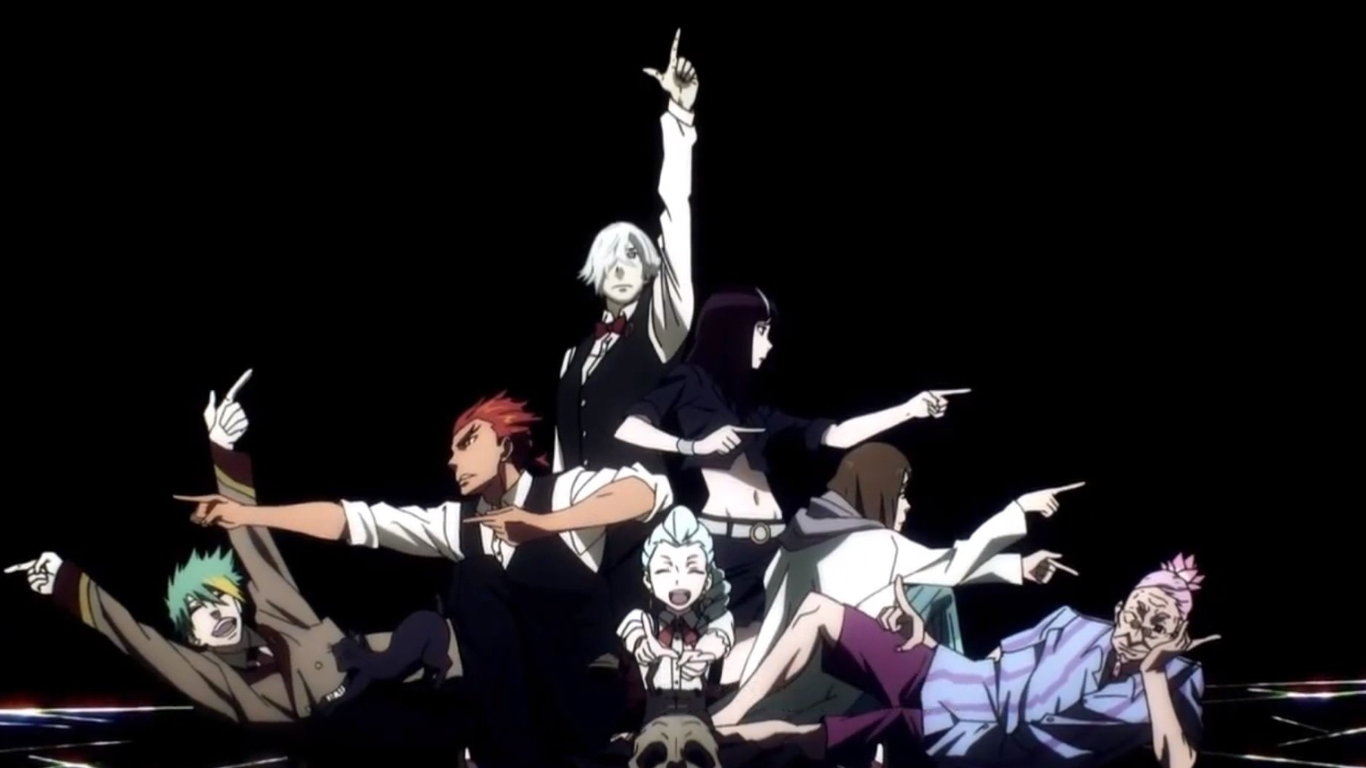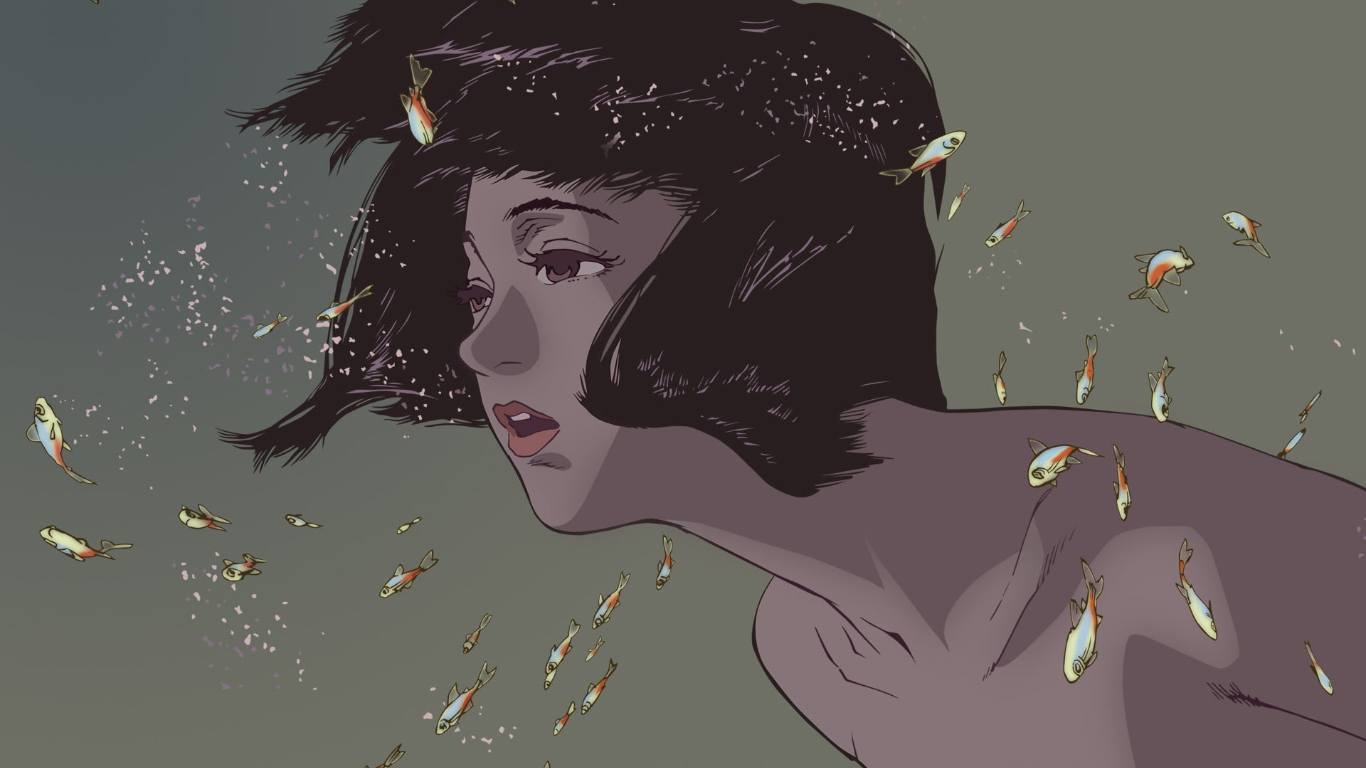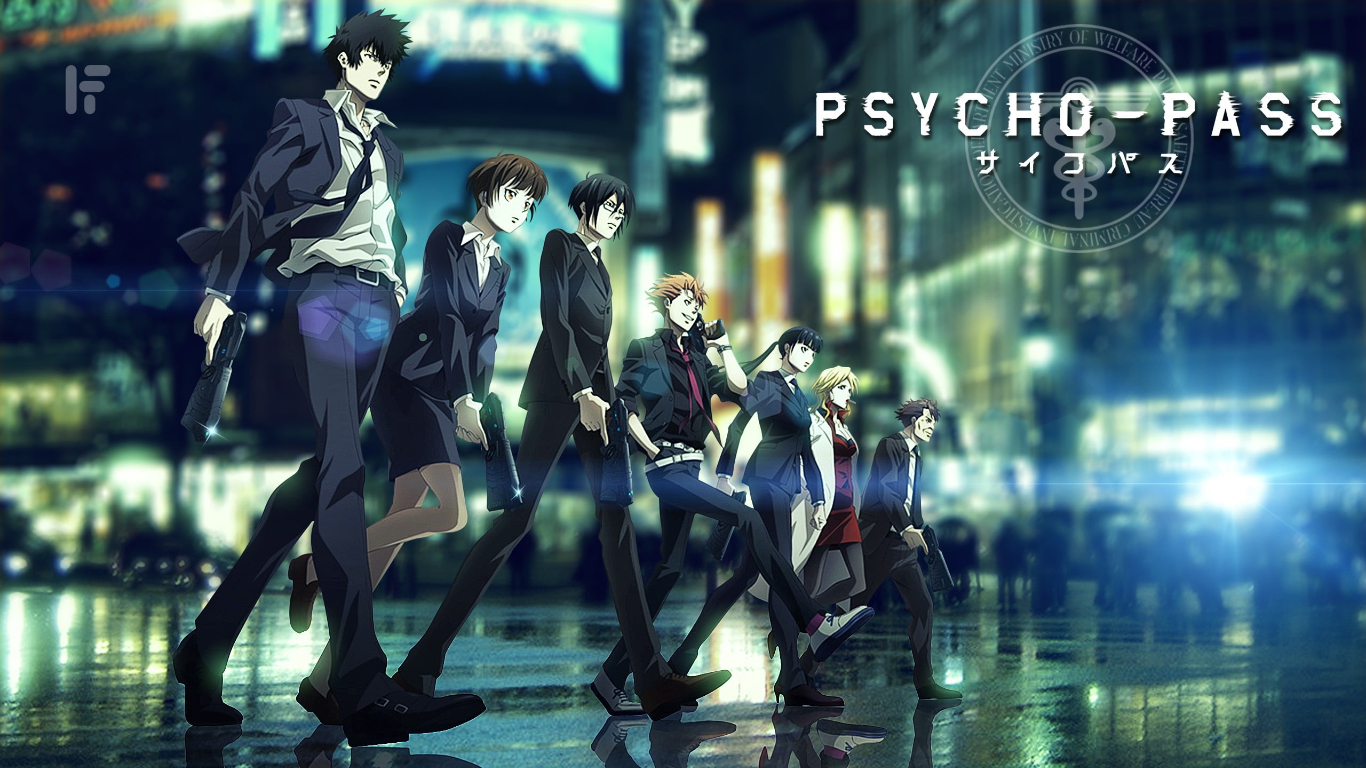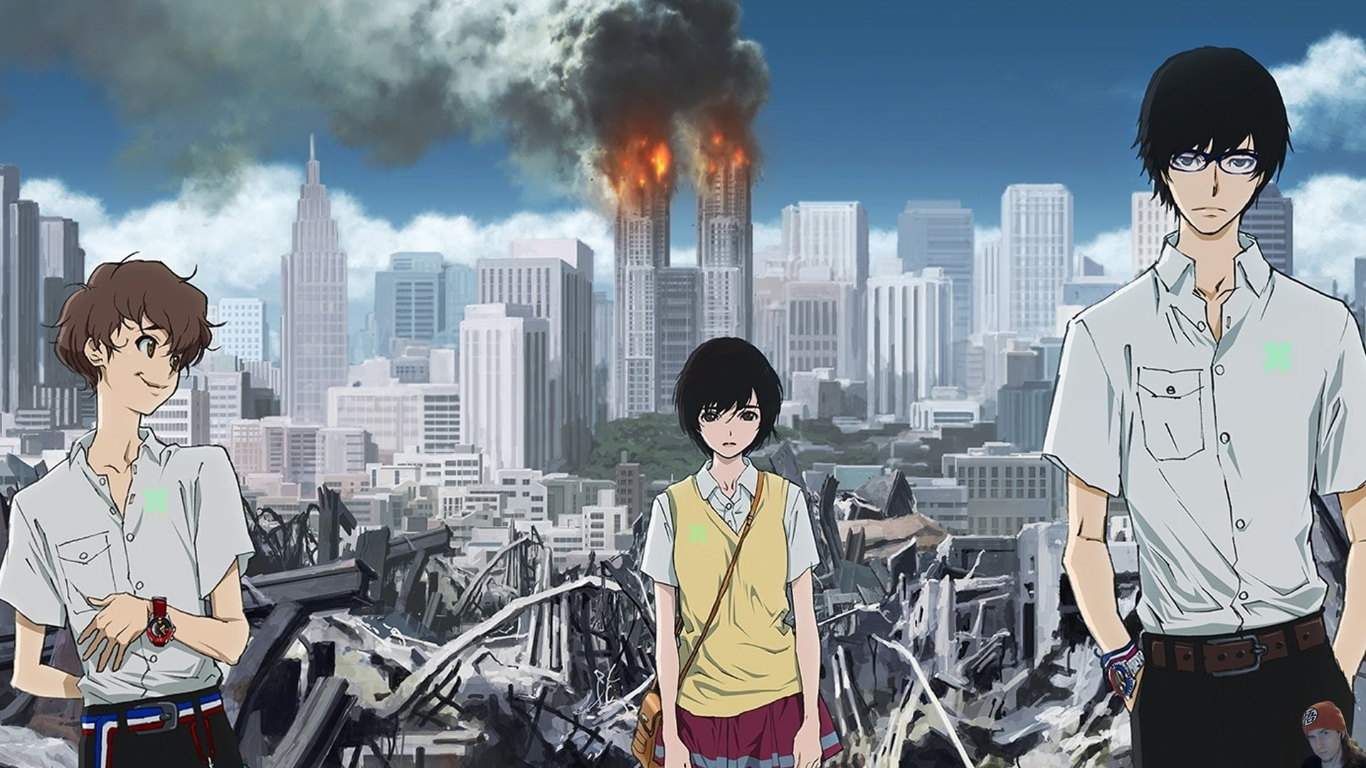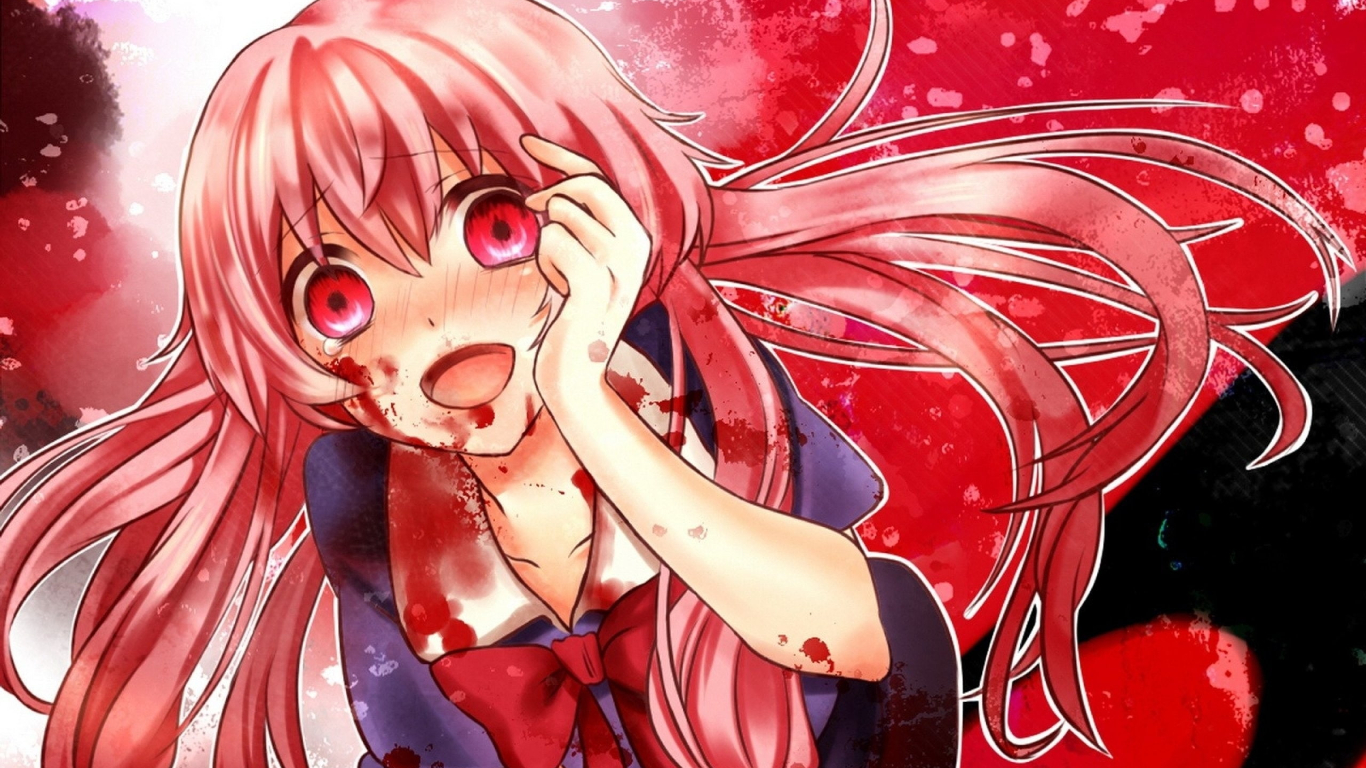1. Tatami Galaxy
How do you even begin to properly classify the Tatami Galaxy? Ok, starting from the top, it’s probably best: Watashi is a third-year student disappointed with the decisions he made during his college years. Watashi is trying to ask Akashi out of the aloof, desperate to take advantage of his youth, but the boy gets the chickens out at the very end. Suddenly, by spiraling over time, the youth is sent back to his first day at college. On paper, with a science fiction twist, the Tatami Galaxy seems like a pretty straightforward romantic comedy. Yojouhan Shinwa Taikei is anything but natural, coming from the same director who produced Ping Pong, Animation, and Netflix, Devilman Crybaby. Madhouse’s anime, surreal and non-linear, asks the viewer to challenge what they’re doing. Each episode begins with Watashi setting out to try to make the most of his college life on a stupid vacation, but things are never expected.
2. Serial Experiments Lain
This classic unravels a landscape of cyberpunk suspense to its viewers as Lain Iwakura receives a shocking email from a classmate who committed suicide. Without beating an eye, Triangle Staff’s psychological thriller deals with Lain’s understanding of reality as she passes the contents of the physical world and the wired world (also known as the Internet). Any choice taken in this anime has resounding repercussions that hold the audience on its feet. More specifically, this anime deals deftly with questions of personality and conscience with the advancement of technology. It’s wondering what happens as we communicate deeply and regularly with an impossible store of information. Obviously, things are beginning to blur and unhinge themselves, and yet there’s a strength as well. At the end of the day, it causes you to consider the experiences with technology and the many opportunities that lay at the fingertips.
3. FLCL
FLCL aka Furi Kuri or Fooly Cooly is a mix of science-fiction and action and, since its publication, has enjoyed cult status among its fans, primarily in North American regions. The anime tells the story of Naota Nandaba, a twelve-year-old boy whose existence is disrupted by the arrival of an alien woman named Haruko Haruhara. The Vespa that Haruko rides has also been a pop culture hit, and she is also one of the most popular female characters in Anime history. The anime begins with gorgeous film shots, and then the tables turn when Haruko enters the scene with a guitar on her Vespa. This was surprising because there were two new seasons in 2016 and 2018. And they first aired on the US Cartoon Network cable network (especially in the Adult Swim nighttime section). For the first time, I have fond memories of seeing FLCL. It didn’t make much sense to me back then, however. Essentially, it’s a coming-of-age series with unrealistic facial expressions, guitar cracking, mecha.
4. Paranoia Agent
An elementary school kid named Lil ‘Slugger skates through town on golden rollerblades attacking people with a twisted, golden bat. Detectives Keiichi Ikari and Mitsuhiro Maniwa are on the case to overcome these assaults. Unfortunately, a survivor of Lil’Slugger does not completely recall the assault or the attacker, making it even tougher to identify the offender. Any attack triggers terror and panic to rise in the city, as mysterious things begin to happen. Do these assaults have a good effect on the victims or are Lil ‘Slugger a threat that investigators need to stop? Driven and written by the legend Satoshi Kon (Paprika and Pure Blue), a psychological thriller anime, Paranoia Agent easily transitions from a normal anime series to a dark and intriguing display of terror, repression, aggression, and psychological problems.
5. Devilman Crybaby
Devils are incredibly powerful creatures that are hampered by one fact: they can not take shape without a living host. But if the will of the host is high enough, they can conquer possession to become a dominant entity known as the Devilman. Fudou Akira is an extremely empathetic high school student who decides to help his childhood friend Asuka Ryou discover those demons. As they arrive at the Sabbath scene, a group marked by high levels of degeneracy, they see demons converting humans into monsters and pouring the blood of countless people. In an attempt to save Ryou from such a beast, Akira unintentionally merges with the demon known as Amon and becomes a Devilman. The new authority transforms Akira mentally, but with the same kind of sympathy that he’s always had. Akira needs to handle his renewed power and use it to protect the ones he loves.
6. Parasyte: The Maxim
A race of parasitic aliens invading humanity’s minds to take over the entire body was taking over the world. You can then turn your bodies into animals like beast that feed on the impossible prey to survive. If a parasite wants to attack Shinichi Izumi, a 17-year-old, he eventually hides inside his shoulder. The parasite can not be transferred into the brain of Shinichi, but stays in his arm and becomes an entity itself. The anime sketches are a little misleading as compared to the comics. However, what steals this show is a visual image of a shaping parasite with Shinichi-coexisting knives. Often, the video reminds us of the Poison of Marvel that suits a common concept. It’s a easy choice, because it only takes 24 episodes, and it’s all completed in a single season. Next, it’s anime.
7. Monster
The anime has a number of conventions which should have made it a top classic, but its inability to impress in Western media helped it an underrated classic. Many people connect the beast as their lands in the same genre with the death note. Anime revolve around a German hospital surgeon, Kenzo, whose past has come to haunt him as a serial killer turned out to be one of his former patients. This animation is designed for a mature audience as it examines critical aspects of human lifestyle and phycology. The newbies should watch this is a serious underrated animation. Tenma felt bad to make this beast, and sought to resolve the injustices of his life. Monster regularly anticipated harder and harder crimes, wonders how far someone will walk before their acts are appropriate.
8. Kakegurui – Compulsive Gambler
The Hyakkou Private Academy is a prestigious school with an impeccable surface reputation, but simply a secondary school. The School doubles as a gambling den, teaching students about bribery and also how to deal with money, with the kids of some of the richest people in the world present. Many who have more money will be in the top ranks and transfer student Jabami Yumeko will have a real taste of the reality of the school, but she’s like a player the school has never achieved, rather than winning. The corruptive essence of money in any system of people, and the immediate hierarchy of money elicit value is very easy to show Kakegurui. However, the emphasis on play creates an excitement that even the public often feels when watching it, and the flawless art that goes with the storey of the high stakes seems to intensify it.
9. Death Parade
Death Parade might look good from the beginning, but it makes you think about it a lot. Death Parade You may want to look at this one if you are looking for a collection of fantastic characters and suspense. We like the idea that the bar is some form of purgatory in which souls go to execution according to their choices in life. This is a brilliant concept that gives us a glimpse not just of the missing people, but also of the person responsible for judging them. And for some philosophical analysis, see this clips, if you’re in the mood. Death Parade is one of the shows where a whole series can be produced at one venue. It isn’t easy to do, but it is better to be damn interested if you do 12 episodes on one location. One of the most famous activities is Death Parade. Praised for its sweaty twists and high-voltage games, Madhouse clearly learned a great deal from her days at the Death Note.
10. Perfect Blue
Time to explore a classic with me! With regard to Ghost in Shell and Akira, Perfect Blue ‘s strength goes beyond the spirit, with Darren Aronofsky re-enacting a Requiem for a Dream scene in 2002 literally. This dark drama, directed by Satoshi Kon, tells the storey of a J-Pop idol who leaves the popular band to try to go alone. Perfect Blue’s Mima Kirigoe is an ambitious young actress who struggles with mental illness, stalking and jealousy. She wishes to set a young audience apart from the idol scene. The young star was briefly popular, having taken part in this crime thriller, before the psyche of Kirigoe began to fan up a punishing workload and an obsessive fan. Perfect Blue is a disagreeable, haunting phenomenon that can have enduring effects on a vast number of people. While Madhouse’s art form has just celebrated her 20th birthday, she is aged like a fine wine bottle.
11. Psycho Pass
The introduction of the Sibyl method is used in the 22nd Century in Japan as an objective way of evaluating the mental status of any person to see what degree of danger to society they pose. This is known as the Psycho Pass, which someone with a bad will reflects on their Psycho Pass. The former inspectors have made themselves criminals by subjugating those people along with Enforcers who uphold the law. Tsunemori Akane, who wants to uphold and preserve justice, is a young woman but shakes her principles when she learns that Sibyl is not quite the ideal framework that she has created. Akane must traverse treacherous terrain in her own mind alongside her Enforcer, Kougami Shinya, to genuinely enact justice. Apart from the fact that Psycho Pass’s experience is externally stated in its name in the ‘psychology’ aspect, the series does much to illustrate the errors of a ‘comprehensively objective’ justice systems. Of course. Of course.
12. Terror in Resonance
The series is also created by Shinichiro Watanabe, who is considered to be one of the biggest original producers in the animal industry. It’s a psychological thriller that will take you to the end. The series has an simple plot but the writing is at the top of it, although it is also some criticism of its terrorist portrayal. The film is quite successful. This is a collection of an alternative versions of Japan, in which two young children named Nine and Douce, in a supposed terrorist effort, steal a miniature nuclear bomb and send the police riddles to fix a major bomb explosion in Japan ‘s heart. Some have challenged the approach taken to their message by the principal characters. But in the final analysis, Fear in Resonance remains a masterpiece in animating troubled young people and complicated global politics.
13. Future Diary
Future Diary aka Mirai Nikki follows a secondary school student, Yukiteru Amano, as he is thrown into the war with a diary that informs the future, to become the new God of Time and Space. However, he’s not the only one who plays. Eleven others have their own future diary, each with its own special characteristics. Each candidate’s tragic circumstances will drive him to the brink, where he will never return. Yuno Gasai is one of those participants. Yuno begins as the Yukiteru stalker, watching his every step by means of her diary. Her fascination with Yukiteru has little to do with her, which leads her to kill everyone in her direction. But each member, Yukiteru and Yuno included, must try to survive in the next 90 days until only one remains. Let the twisted survival game and torture start.
